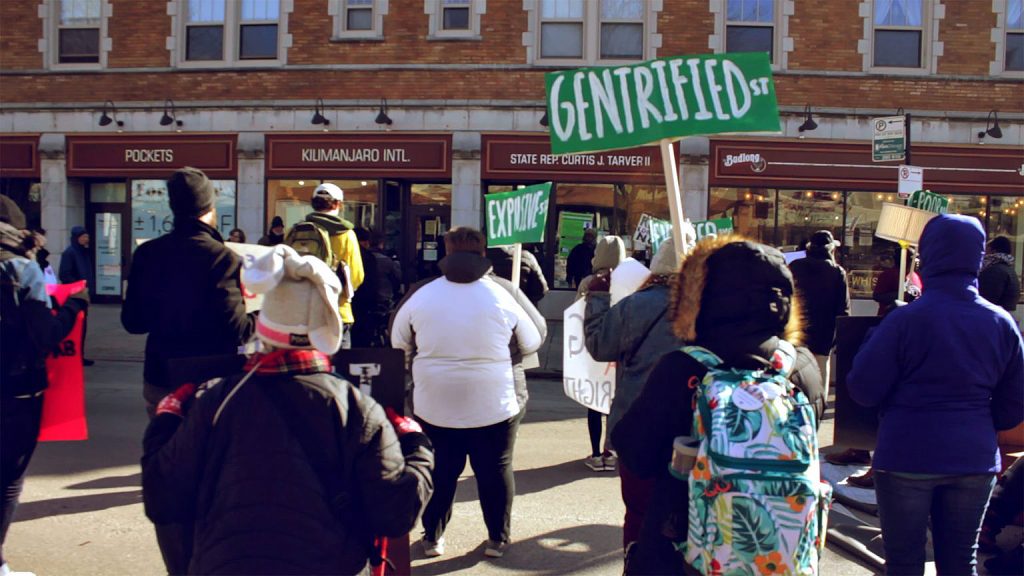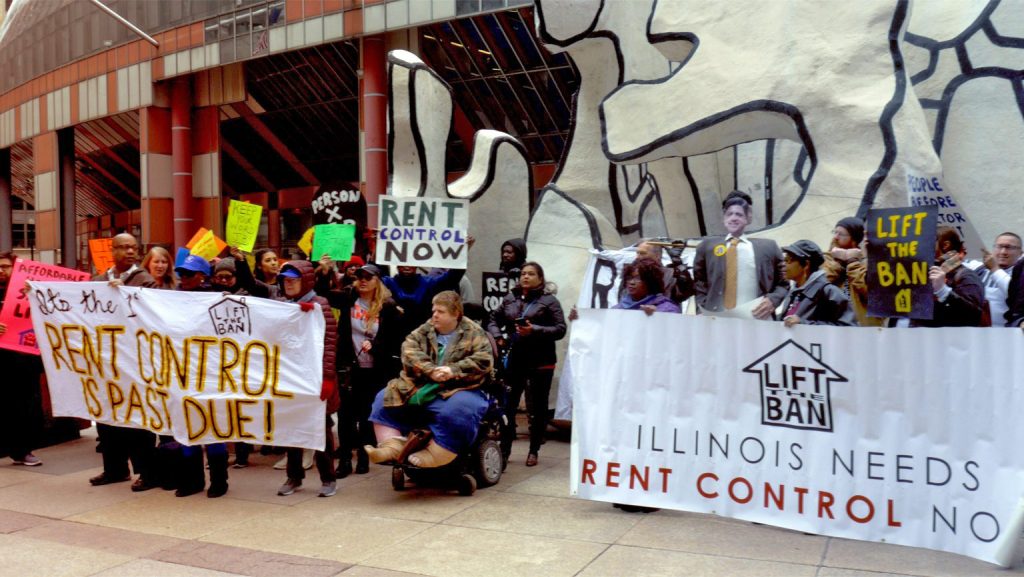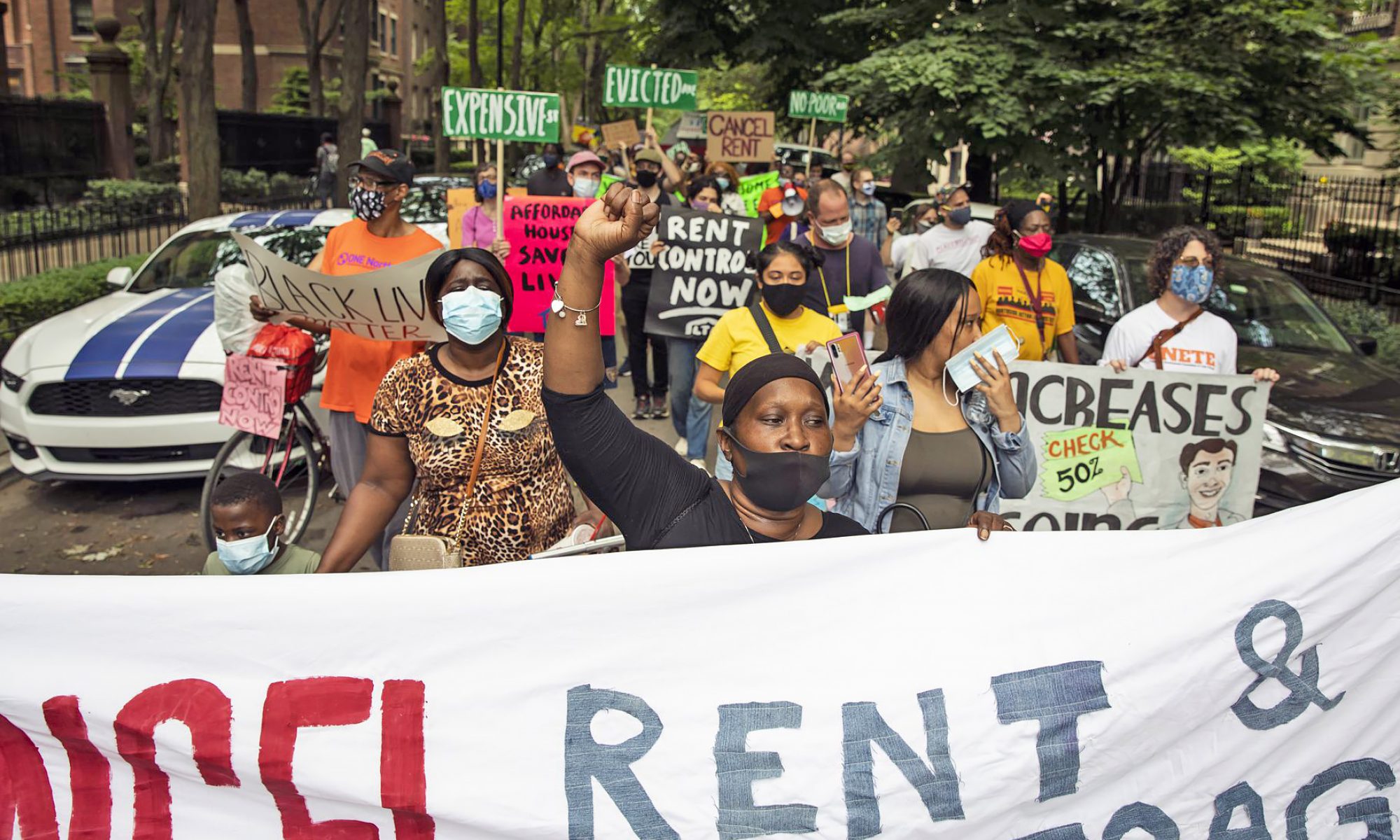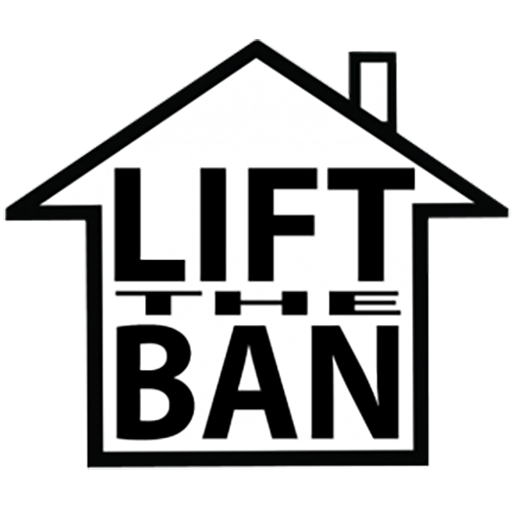
Affordability gap: About 1/3 of Chicago households cannot find affordable housing
Affordability gap is the difference between number of renter households that demand affordable housing and available supply of affordable rental housing (Less than 30% of income earmarked for rent defines affordable housing. Above that is rent burdened. Above 50% is extreme rent burdened. DePaul Housing Institute)
- Share demand of housing unmet:
- Irving Park/Albany Park – 28%
- Bronzeville/Hyde Park – 31%
- Englewood/Greater Grand Crossing – 31%
- West Town/Near West Side – 35%
- Logan Square/Avondale – 37%
Currently, about 51% or 531,000 households in Chicago are cost burdened.
Wage increases have not kept up with rent increases:
- Citywide, between 2000 and 2009, income fell 8.1% while the percent of cost burdened renters increased 10.1% to 54.6%. (Chicago Rehab Network– CRN)
- From 2000 to 2009, incomes fell nearly 20% in Humboldt Park and Garfield Park, while the percent of cost burdened households jumped 41% to 69% of households. (CRN)
- In Albany Park and Irving Park, incomes fell nearly 19% while the percent of cost burdened households rose to 52 from 2000 to 2009. (CRN)
- From 2013 to 2016, rents on average have increased $500/month in Chicago vs. wages of $125/month (Smart Assets)
National Data trends from Joint Center for Housing Studies of Harvard University
- Recent burdened: 21.3 million in 2014 vs.20.8 million in 2016.
- Extreme burdened: 11.4 million in 2014 vs. 11.0 million in 2016.
- Follow a decade of steep increases
- Share of rent burdened in 2006 – about 44%; in 2016 – about 48%
- Share of extreme rent burdened in 2006 – 46%; in 2016 – about 50%
- More middle income households are rent burdened:
- Earning $30,000 to $45,000
- Cost burdened in 2001 was 37% and 50% in 2016
- Earning $45,000 to $75,000
- Cost burdened in 2001 was 12% and in 2016 was 23%
- Earning $30,000 to $45,000
Displacement of minority households and decline in affordable housing supply:
- Largely because of the cost of housing, 10,0000 Latinos have left Pilsen
- 215,000 African Americans have left Chicago between 2000 and 2015, much of which can be tied to lack of affordable housing (Chicago magazine: http://www.chicagomag.com/Chicago-Magazine/June-2017/Chicagos-Population-Problem/
- Chicago has seen a decline of affordable housing supply due to investors buying properties and raising rents, properties being demolished or becoming uninhabitable.
- Especially true with regard to 2-4 unit buildings, which tend to have more affordably priced rentals (DePaul Housing Institute: Number of 2-4 units buildings in Chicago – 36% in 2007 vs. 31% in 2014.
- Other areas are attracting investors and construction of high end housing, displacing local residents.
- Example: the west side of the 606 trail (lower income part of trail) saw housing prices increase by nearly 60% since 2013 when ground was broken for the 606. (DePaul Housing Institute)
Chicago Fair Market Rent (HUD) is $711(1-BR). Need to earn $13.67/hr. or work 106 hours at minimum wage to stay at 30%.
Chicago Rehab Network housing data using 2000 and 2010 census data:
- Rent burdened: about 55% citywide, an increase of 10% from 2000.
- Median income fell an average of 8.1% $45,734 in 2009; during same time period cost burdened renters rose 10.1% to 54.6%
- Lack of rental apartments most severe at lower end of price range
Albany Park (2000-2010 – Chicago Rehab Network)
- Total population declined 11%
- Median Household Income declined 9%
- Number of renter-occupied units declined 12%
- Median Monthly Gross Rent increased 13%
- Rent burdened households, incomes $25,000 to $49,999 increased by 58%


